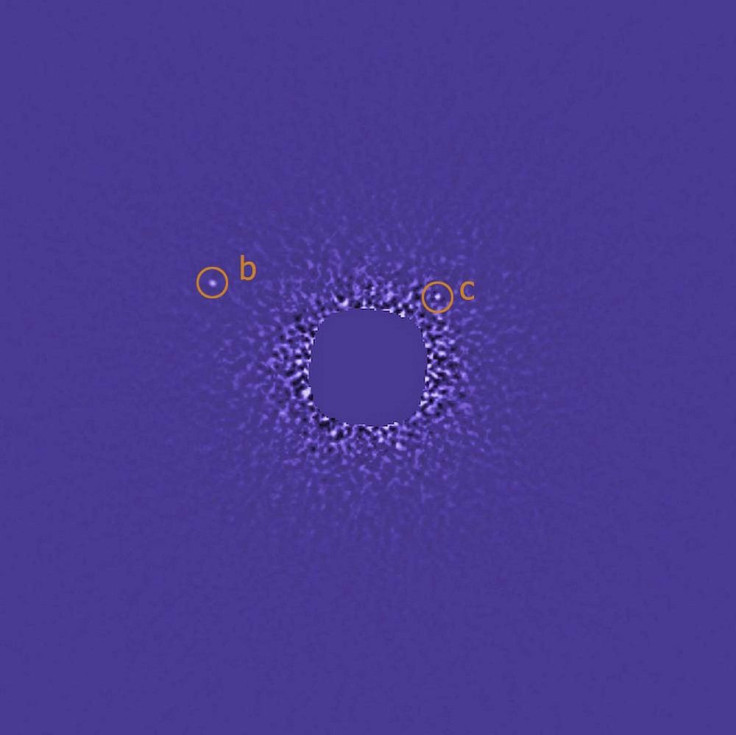Telescope facilities join race in finding space objects

There’s an intergalactic hunt in space going on. The prize? The distinction of being able to discover new celestial objects that are as far as billions of kilometres away from planet Earth.
Researchers at the Gemini Observatory in Hawaii were able to capture an image showing evidence on how stars were born. The image showed a firework explosion in clear detail happening at the Herbig-Haro 24 (HH 24) Complex.
Bo Reipurth, Colin Aspin and Travis Rector, from the University of Hawaii’s Institute for Astronomy, observed at least six gas jets that came from a dense cloud core. The cloud, which has a small multiple protostellar system, was reportedly seen heading towards the Orion constellation.
"This is the highest concentration of jets known anywhere. We also think the very dynamic environment causes some of the lowest mass stars in the area to be expelled, and our Gemini data are supporting that idea," Reipurth said.
The Gemini Observatory is equipped with an 8.19-metre telescope, of which, together with its twin located in Chile, covers all celestial events that occur within the northern and southern skies. It may not be as popular as the Hubble telescope, but it were given distinction just the same as these telescopes are said to be the largest, most advanced optical/infrared telescopes in the world.
Meanwhile, NASA’s space probe Dawn was able to finally orbit the mysterious celestial body Ceres after seven and a half years of space travel, Phys.org reported. According to the team running the Dawn operation at NASA, the crew will be using a framing camera lens to document captured images of the dwarf planet. Complementing the camera and scientific research, the crew will also utilise the visible and infrared mapping spectrometer that will also capture light intensity at over 400 wavelength ranges per pixel.
Despite the presence of the scientific instruments onboard, the dwarf planet is still stumping scientists aboard the space probe. At one point, NASA threw the question to the public to gain fresh insight on Ceres’ features, ScienceRecorder.com said .
Early this year, Italian-American scientist Dr Ruggero Maria Santilli received confirmation from fellow scientists on the detection of antimatter celestial bodies using the revolutionary Santilli Telescope . Santilli was able to see antimatter galaxies, antimatter cosmic rays and antimatter asteroids using a telescope with concave lenses, of which he also designed using new mathematics.
Thunder Energies Corporation ( OTCQB: TNRG ), where Santilli serves as the chief scientist, will manufacture the telescope for distribution inside and outside the United States.
Santilli credits Galileo Galilei’s version of the telescope for providing him an opportunity to make a significant celestial discovery. He said, “By remembering that the Galileo telescope for the detection of matter galaxies uses 'convex' lenses due to the positive angle of refraction of light, I was finally able to build a new telescope for the detection of antimatter galaxies, now known as Santilli telescope, with 'concave' lenses because it is required by the negative angle of refraction."
Contact the writer at feedback@ibtimes.com.au or tell us what you think below





















